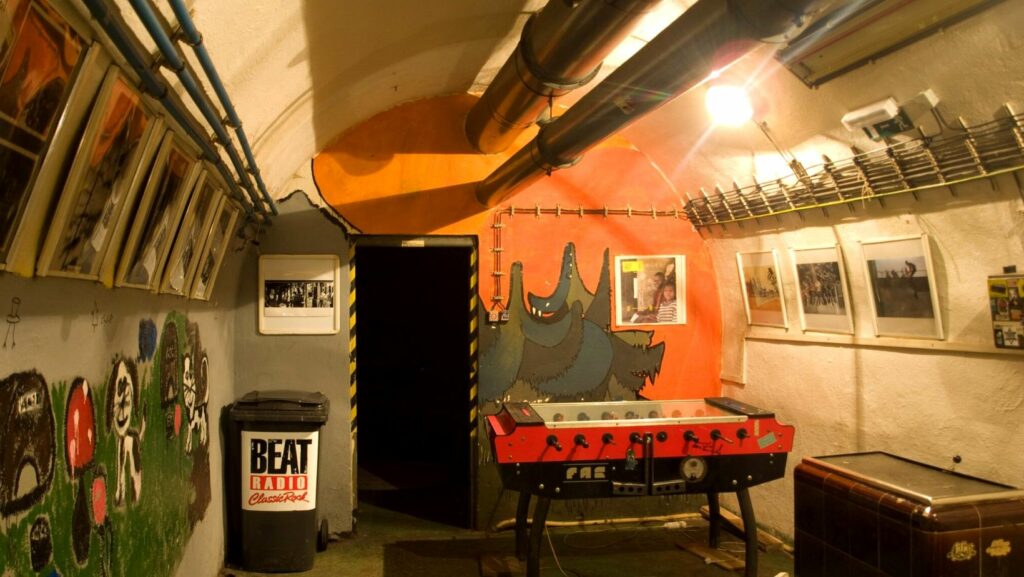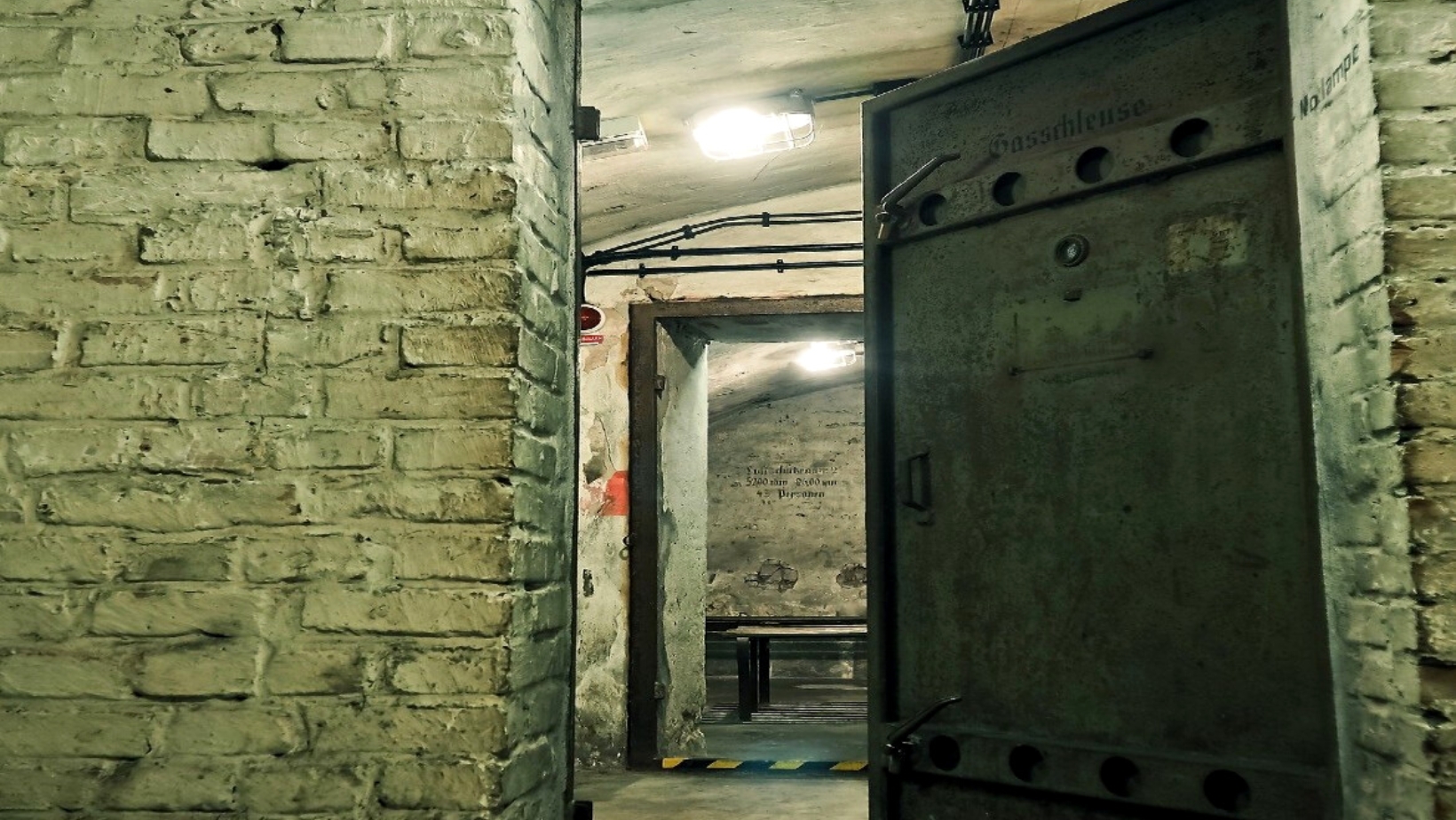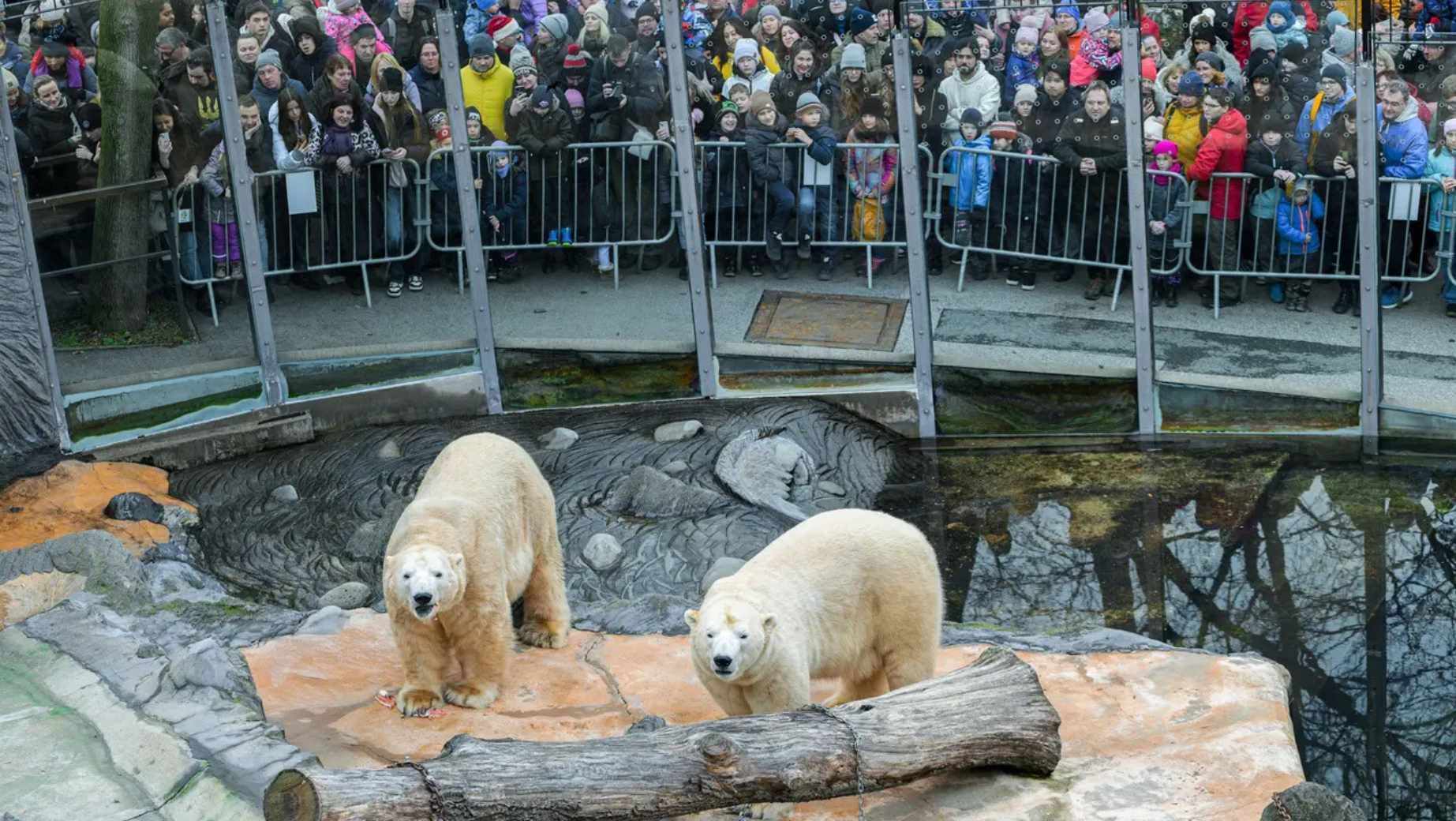With the ongoing Ukraine war, tensions in Europe are on the rise. This is both due to an influx of war related-refugees to Central European cities, and discontent over the related rising cost of energy.
As bombs fall on Ukraine, European nations are waking up to the sorry state of their own civil defence. Currently, in Kyiv, emergency workers are preparing 425 shelters for use during a nuclear war.
In Prague, leftover Cold War-era bunkers are currently kept in a state of readiness to protect the population from nuclear war.
Prague’s nuclear bunkers
In 2019, it was estimated that there were 768 permanent shelters in Prague, with a total capacity for about 150,000 people.
Municipal authorities are obliged by law to provide shelters, and Prague’s nuclear bunkers take on many forms. Blast and fallout shelters are built into hillsides, found in various tunnels, located in deep sections of the subway, and installed in reinforced basements of buildings.
The Czech Fire and Rescue Service (FRS) admitted that “most” of the permanent pressure-resistant shelters are not in a condition for immediate use, and wouldn’t be prepared for such until a state of danger or war is officially declared.
Currently, the FRS said, it would be possible to provide shelter in these bunkers for approximately 6.5 per cent of the population of the Czech Republic.
Bezovka Shelter
Located in Prague’s Žižkov district, to have to enter through a graffiti-covered reinforced steel door at Parukářka Park.
The Bezovka shelter was built in the mid-1950s, and can hold more than 2,000 people. Currently, it is a site for commercial tourism and a venue for nightlife. Part of the shelter is open to the public for nuclear bunker tours that highlight aspects of life during the Cold War — sights include life-size dioramas depicting stereotypical life in a bunker during nuclear Armageddon, complete with mannequins of children in rubber gas masks.

The Parukářka bunker is part of the Bezovka underground anti-nuclear complex. One of its parts is located at the foot of Vrch svatého Kríž near the Parukářka pub. It is currently home to the Cold War Museum.
Folimanka Bunker
Located in the Prague 2 district, this underground complex was an example of a public shelter designed for a neighbourhood. Corridors measuring 125 meters connected a labyrinth of underground rooms, totalling 1,332 square metres in area.
Completed in 1962, with its own power generator, running water and ventilation system, this bunker is still operational today for sheltering 1,300 people for a duration of 72 hours. The city agency for the Administration of Services runs the shelter and opens it to the public on occasional weekends for a self-guided walk through.
Obsolete equipment
The underground bunkers are a material embodiment of a post-communist aesthetic. Surrounded by obsolete equipment in decaying mazes of tunnels, you may feel like in a dystopian subterranean wasteland.
Despite their appearance, however, the bunkers are not just relics of a past era.
Over the years, some of Prague’s nuclear bunkers have been adapted to new and creative reuses. Rather than abandonment, new uses have prevailed like museum spaces, tourist attractions, spots for escape room games, places for nightlife and music, creative arts spaces, or storage sites.
-
NEWSLETTER
Subscribe for our daily news






